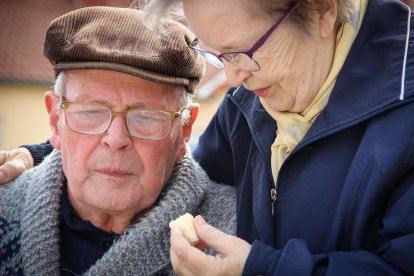Life expectancy gap between men and women in the United States widens considerably
A study reveals that the causes of this nearly six-year gap could be the coronavirus pandemic and drug consumption.

(Gundula Vogel: Pixabay)
A study conducted by JAMA Network revealed that there is a considerable difference in life expectancy between men and women in the United States. The analysis revealed that American men are expected to die almost six years earlier than women.
The causes of this increase, which JAMA reports is the largest in decades, could be the coronavirus pandemic, where more men than women died in the nation, as well as drug overdoses. The authors of the study also highlighted socioeconomic factors as well as homelessness:
A nearly six-year difference
It is true that, in general terms, life expectancy has fallen by more than two and a half years since the pandemic began in 2020. According to data provided by the Centers for Disease Control and Prevention (CDC), life expectancy in 2021 was approximately 76.1 years. However, women tend to live longer than men. Thus, in 2021, life expectancy for women stood at 79.3 years, while for men it was 73.5 years.
This represents a difference of 5.8 years between the two genders. A gap this large had not been seen since 1996, and that worries the authors of the study. Dr. Brandon Yan, a resident physician at the University of California, San Francisco and lead author of the study, told The New York Times:
RECOMMENDATION





















